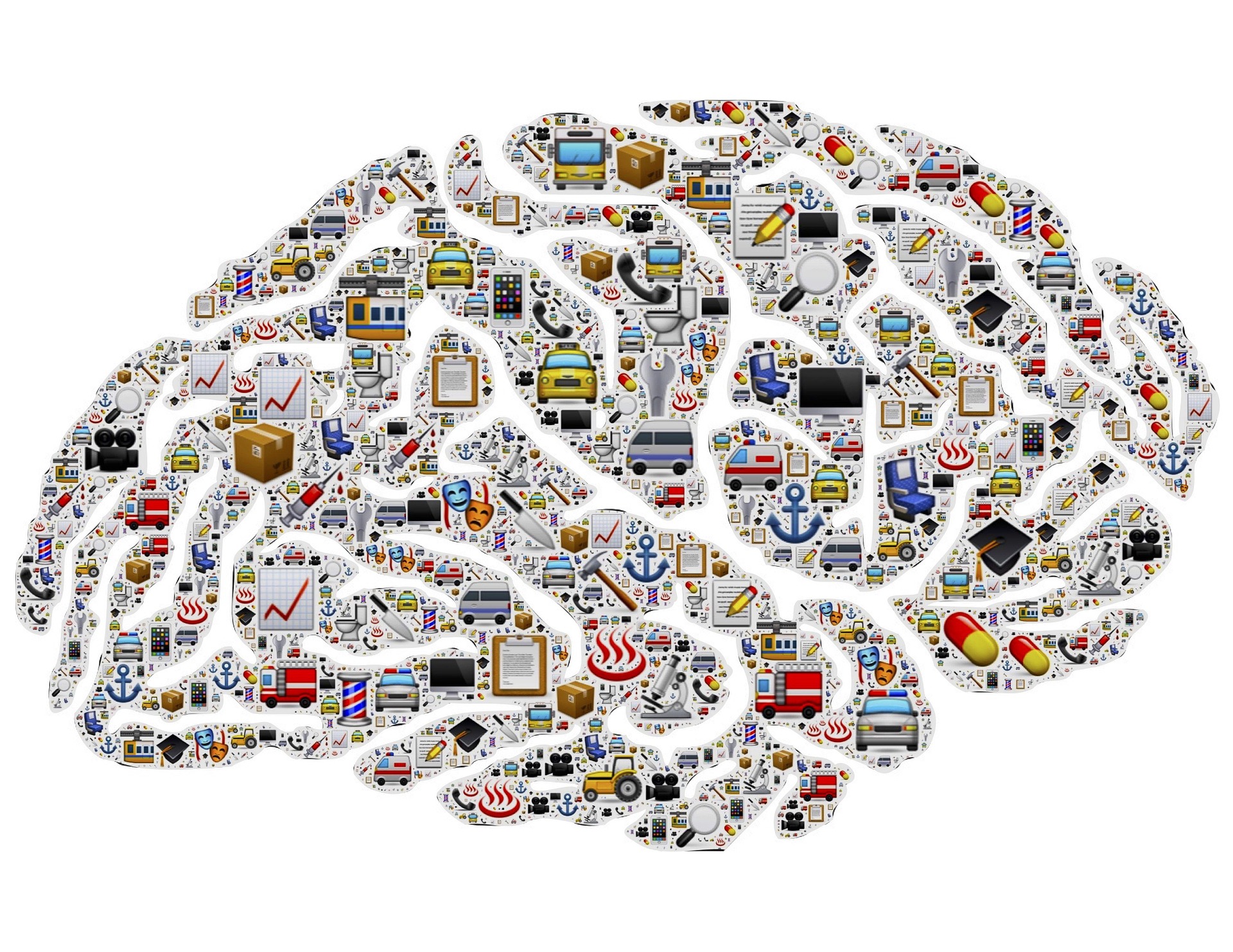(Kerr, 2007) invites an interesting debate over the meaningfulness or meaninglessness of learning theories as a reliable mean to guide the learning process. Behaviorism and Cognitivism are introduced as competing rivals in what the author apparently would not mind calling the quarrel of the “isms”.
The debate took place in 2007 among Bill Kerr, Stephen Downes, and Karl Kapp, three important thinkers on learning theories. The most significant points raised were the continuing evolution of the theories as a result of continuing criticism, the death and resurrection of behaviorism, and the portability of the cognitivist theory via a process of mechanization of humans or humanization of machines. The blog ends up recognizing the importance of “_isms“and suggesting using them “as a filter, not as a blinker”.
This debate brings to mind the current mindsets which drive teaching and learning in the twenty-first Century. The reward-stimuli response method which defines behaviorism is still well alive in all human endeavors. It may not be a spanking or the direct rendition of Pavlov bell experiments where bell ring sufficed to generate saliva, but our world is built on behaviorist methods, from the school grade, the pay check, the job promotion, to the loss of a pay check, medical benefits, recognition, and all of the positive and negative factors related to human performance.
The second learning theory discussed in the blog is cognitivism which sees the brain as a computer where information can be stored and manipulated. We have at this point technologies where, regardless of the field, knowledge can be captured, stored, shared, ported into machines, and executed when needed with better and faster efficiency than by human beings.
(Sanborn, Santos, Montgomery, & Caruthers, 2005) informs us of the possibility of “implanted nodes” in the brain as a way to establish direct lines of communication between the learner, the “information society”, virtual classrooms, and wireless networks. TechRadar.com offers a vivid illustration on how Artificial Intelligence mimics the human brain (retrieved from http://www.techradar.com/us/news/world-of-tech/how-artificial-intelligence-mimics-the-human-brain-657976 ). The key question is, if the machine can think or be programmed to think, can it be forced to feel and exhibit pure emotional and mental human attitudes?
Regardless of the espoused mindset, it seems to me that both behaviorism and cognitivism stand ready to revamp themselves and continue guiding teaching and learning in the Twenty First Century. As a response to (Kapp, 2007)’s blog put it “We have now found ourselves shifting to a Cognitive form of teaching over that of behaviorism as we become more concerned with the internal mental processes of the mind and how they could be used in encouraging effective learning”. The debate is open. Can we program machines to perform better than humans? Can we program humans to perform better than machines? What do you think?
References
Kapp, K. (2007, January 2). Out and about: Discussion on educational schools of thought [Web log post]. Retrieved from http://www.kaplaneduneering.com/kappnotes/index.php/2007/01/out-and-about-discussion-on-educational/
Kerr, B. (2007, January 1). _isms as filter, not blinker [Web log post]. Retrieved from http://billkerr2.blogspot.com/2007/01/isms-as-filter-not-blinker.html
Robert Sanborn, Adolfo Santos, Alexandra L Montgomery, & James B Caruthers. (2005). Four Scenarios for the Future of Education. The Futurist, 39(1), 26-30. Retrieved October 13, 2010, from ABI/INFORM Global. (Document ID: 759035561).
